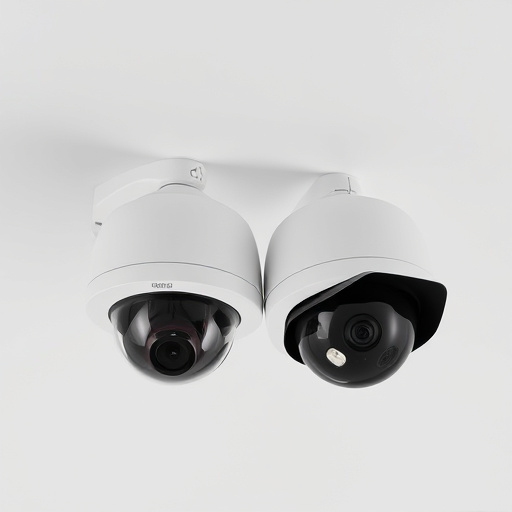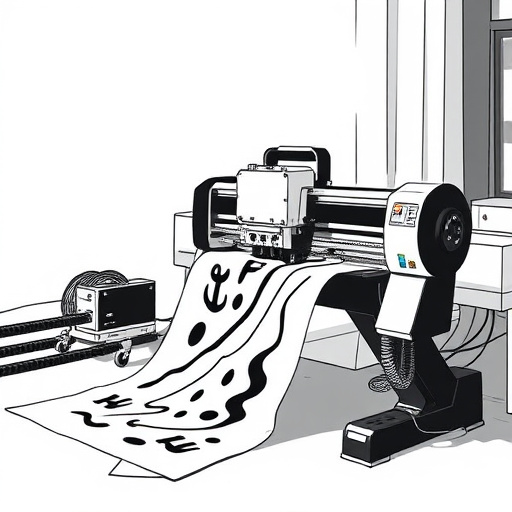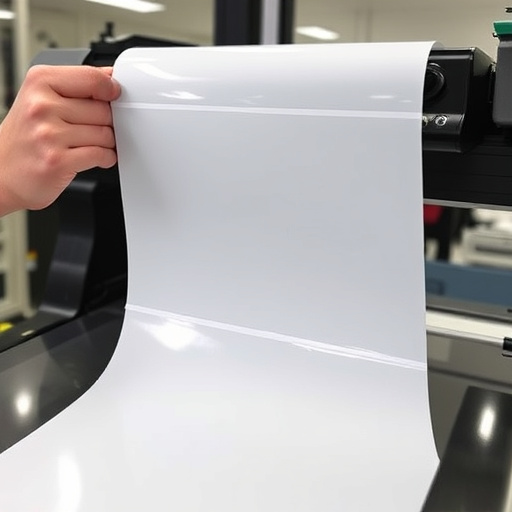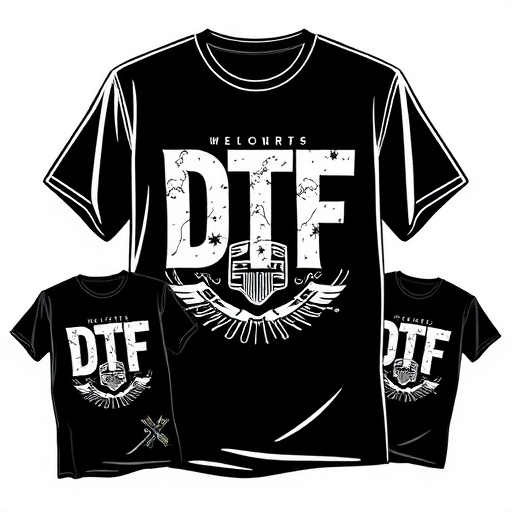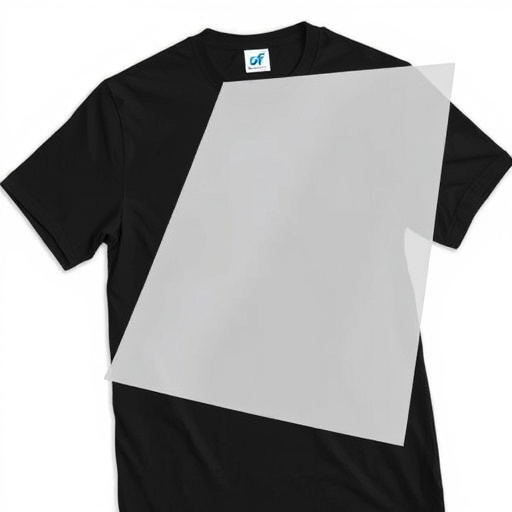Direct to Fiber (DTF) T-shirt printing automates the design application process with heat and pressure, offering superior quality and efficiency over traditional methods. Key steps include choosing high-quality DTF printers, organizing files for quick access, integrating design software, setting pre-printing checks, and implementing a printing schedule for optimal order management while maintaining vibrant, long-lasting prints on diverse fabrics.
Automating your DTF (Direct-To-Fabric) T-shirt printing workflow can boost efficiency, reduce errors, and enhance overall productivity. This comprehensive guide delves into the intricacies of the DTF T-shirt printing process, explores advanced tools and technologies for automation, and provides a step-by-step roadmap to streamline your workflow. From design to delivery, learn how to optimize every stage for seamless, high-quality results.
- Understanding DTF T-Shirt Printing Process
- Tools and Technologies for Automation
- Streamlining Workflow: Step-by-Step Guide
Understanding DTF T-Shirt Printing Process

The DTF (Direct to Fiber) T-Shirt printing process is a revolutionary method that allows for precise and vibrant design application directly onto fabric. Unlike traditional printing techniques, DTF involves transferring ink from a film to the shirt’s surface using heat and pressure. This modern approach offers numerous advantages, particularly in terms of quality and efficiency. The process starts with preparing the T-shirt and the graphic design; the design is then printed onto specialized DTF transfer film using a dtf printer.
This film acts as an intermediary, carrying the ink pattern precisely to the shirt’s fibers during the heat press step. The result is a high-resolution, long-lasting print that retains its vibrancy even after multiple washes. Understanding this workflow is key to optimizing production, ensuring consistent quality in bulk DTF shirt production, and ultimately delivering exceptional custom apparel.
Tools and Technologies for Automation

The automation of DTF T-shirt printing workflows is made possible through a range of innovative tools and technologies designed to streamline production processes. One of the key components is the best dtf printer, which offers precision and efficiency in applying cold peel dtf transfers. These printers are equipped with advanced features like high-resolution printing, automatic cutting, and precise registration systems, ensuring accurate and consistent prints on various fabric types.
Additionally, software solutions play a pivotal role, offering design and layout tools to create and customize DTF prints. Automated slicing software prepares the designs for printing by generating cut patterns for the transfers, eliminating manual labor-intensive tasks. This, coupled with efficient inkjet printers, allows for the dtf prints to be produced rapidly, meeting the demands of custom T-shirt printing businesses while maintaining high-quality outcomes.
Streamlining Workflow: Step-by-Step Guide
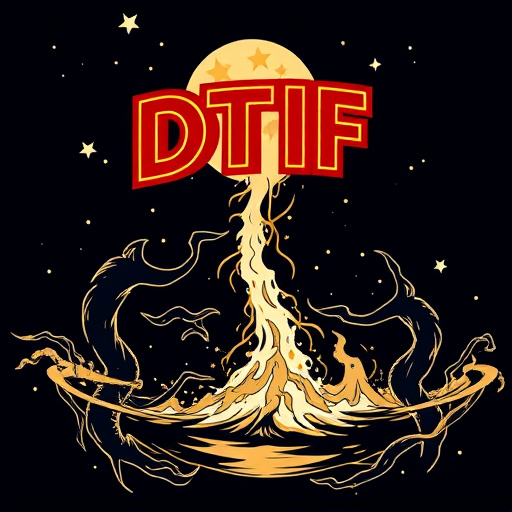
Streamlining Workflow: Step-by-Step Guide to DTF T-Shirt Printing Automation
Automating your DTF (Direct-to-Fabric) T-shirt printing workflow is a game-changer for any business looking to enhance efficiency and productivity. The process starts with selecting the best dtf printer designed for your needs, considering factors like print quality, speed, and compatibility with light or dark fabrics. Once equipped, the journey towards automation begins with file organization: create a structured folder system for easy access to designs, ensuring each file is named clearly and includes relevant details. This step is crucial for seamless transition between design and printing phases.
Next, integrate your design software with the printer through appropriate drivers and plugins. This enables direct printing from your software without manual intervention. Set up automated pre-printing checks to ensure design accuracy, color profiles, and cut settings are optimized for dtf printing for light fabrics or dark fabrics, respectively. Finally, implement a printing schedule or queue system to manage orders efficiently, allowing you to batch print multiple designs without compromising quality. With these steps in place, your DTF T-shirt printing process becomes streamlined, enabling you to focus on creativity while the technology handles the rest.
Automating your DTF (Direct to Fiber) T-shirt printing workflow can significantly enhance productivity and efficiency. By utilizing advanced tools and technologies, you can streamline the entire process, from design input to final product output. Following the step-by-step guide provided, you’ll be able to optimize your workflow, ensuring consistent quality while meeting demand faster. Embrace automation to take your DTF T-shirt printing business to new heights.





